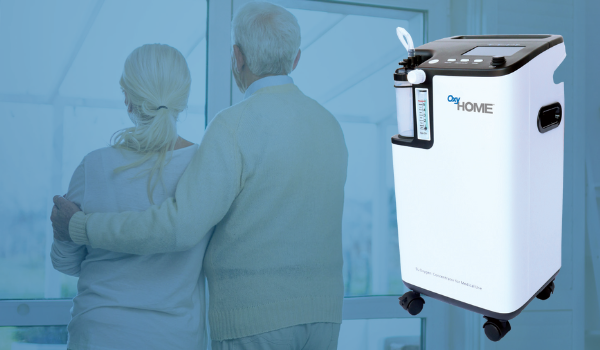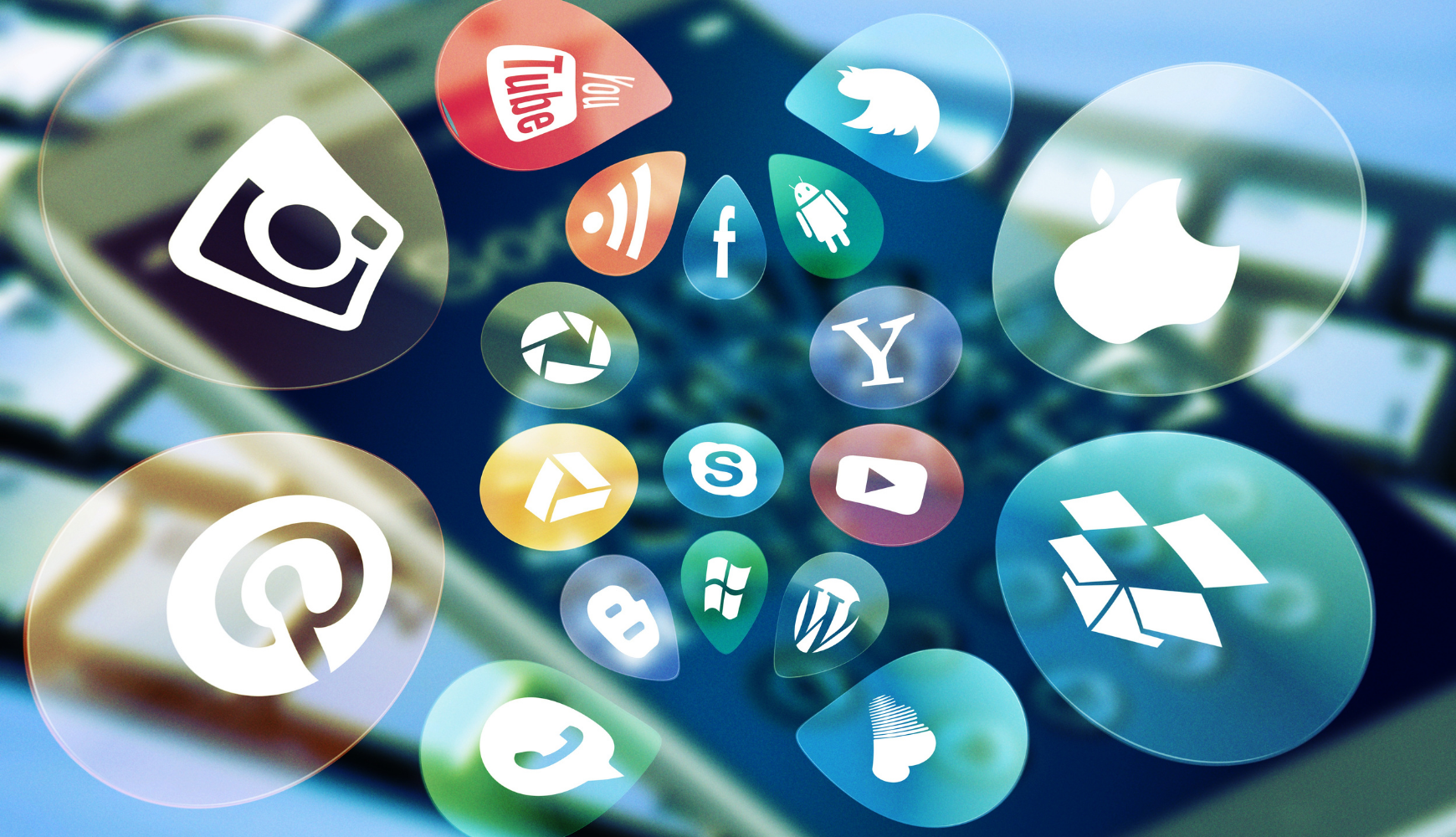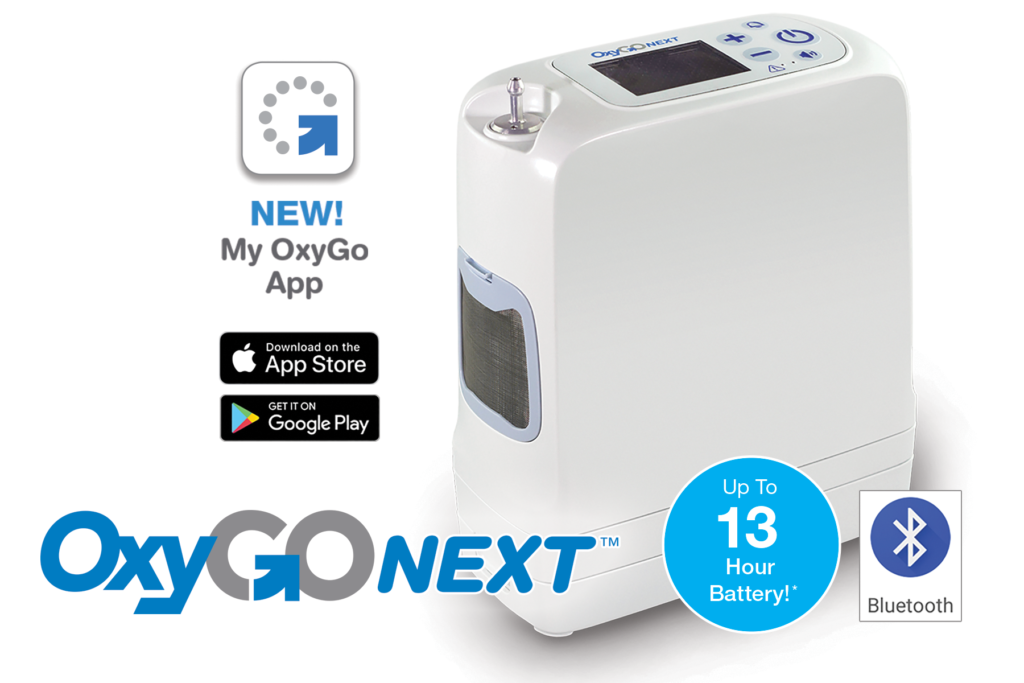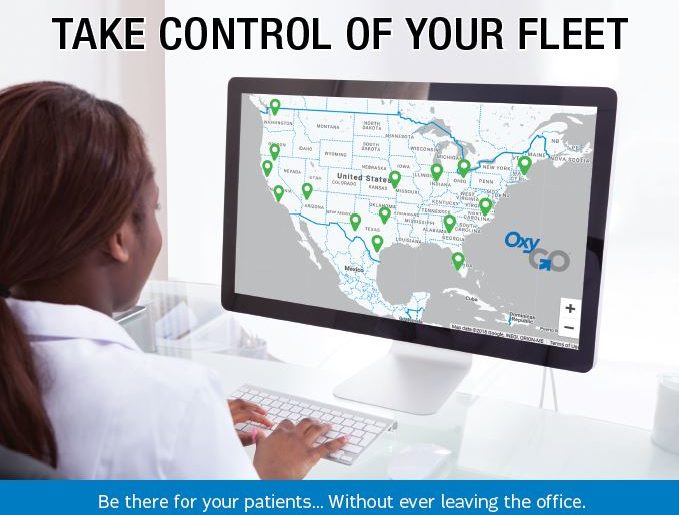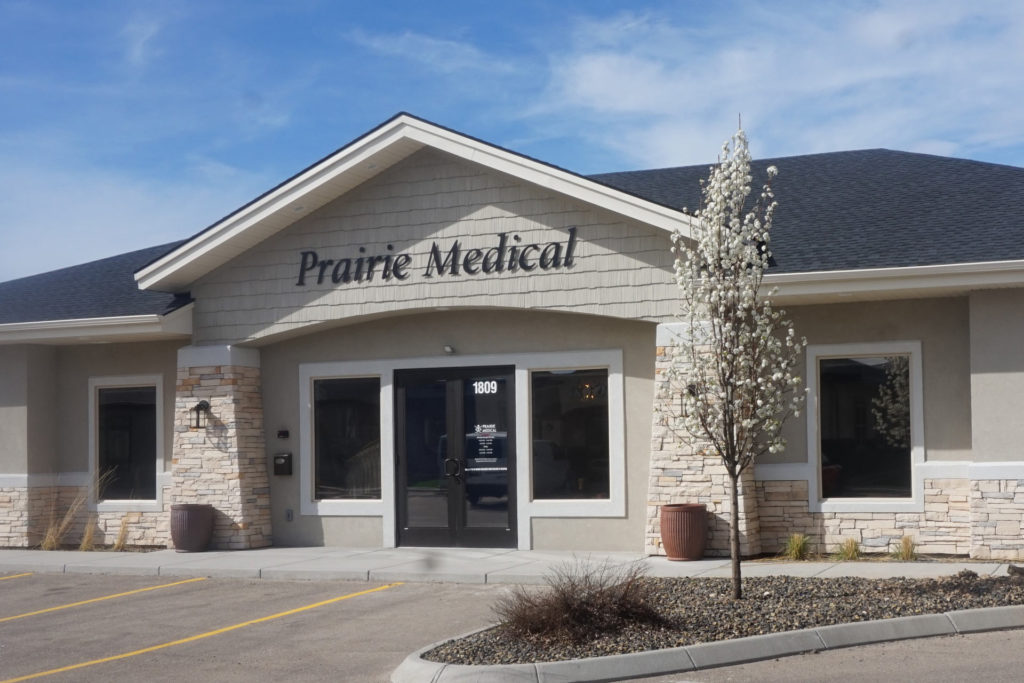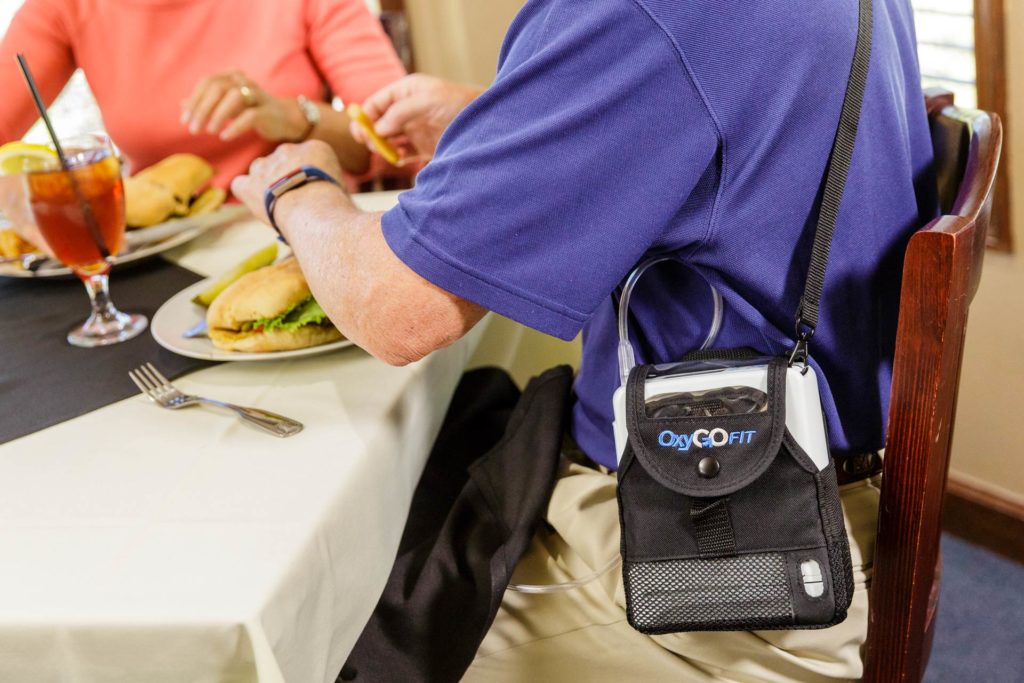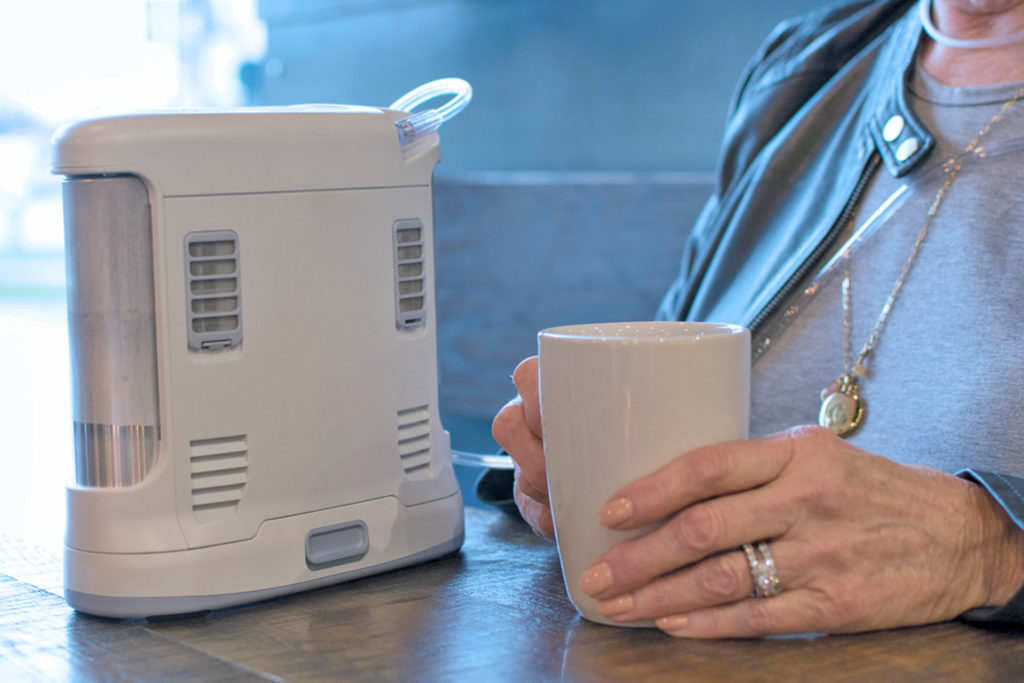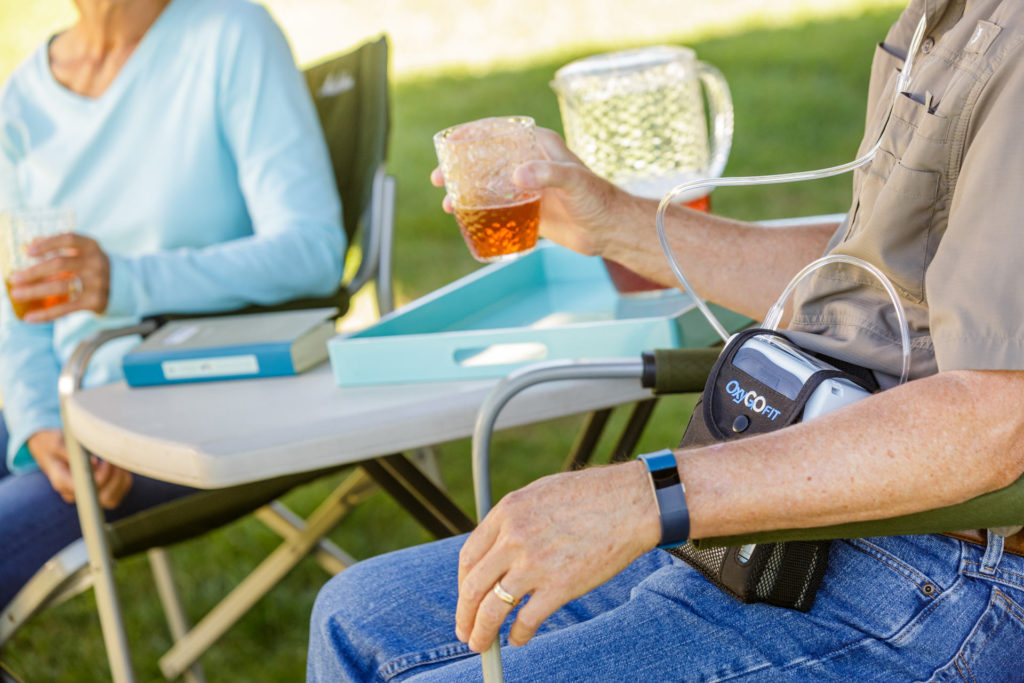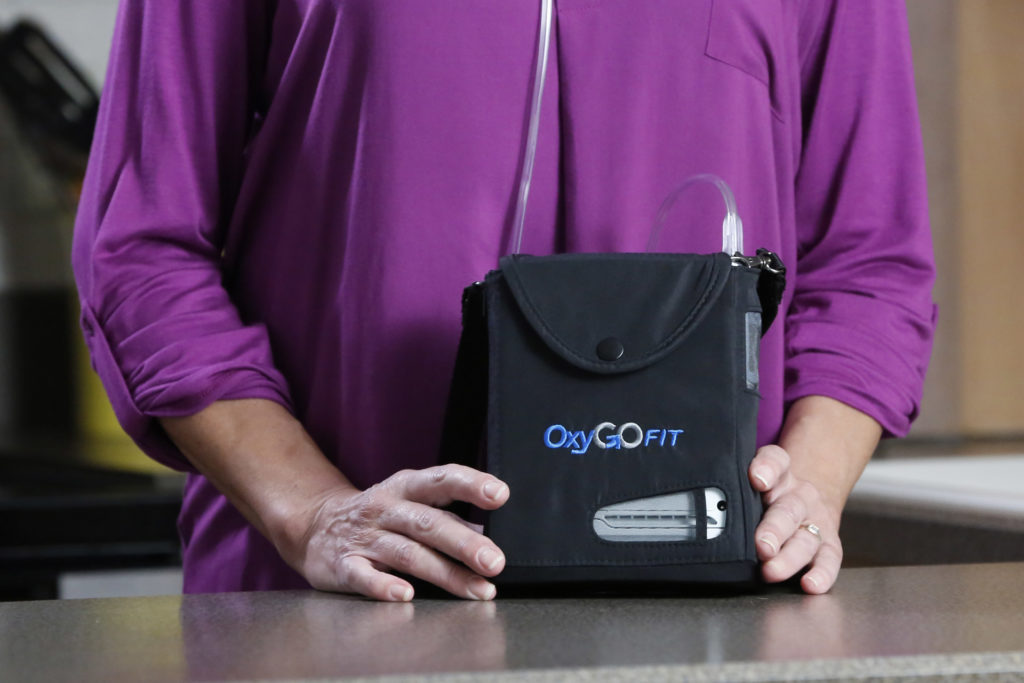Telehealth: The Future is Here

The future is now for DME’s keeping up with the latest advances in healthcare technology, especially in the area of telehealth. The big elephant in the room is when will insurance companies and Medicare reimbursement policies catch up with today’s already available technology?
To make health care more accessible for the 60 million residents of rural America, The Health Resources Services Administration (HRSA) funds programs that integrate and streamline existing rural health care institutions and aid in the recruitment and retention of physicians in rural hospitals and clinics. HRSA’s telehealth program uses information technology to link isolated rural practitioners to medical institutions over great distances.
HRSA defines telehealth as the use of electronic information and telecommunications technologies to support long-distance clinical health care, patient and professional health-related education, public health and health administration. Telecommunication technologies include terrestrial and wireless communications, computers and internet, teleconferencing, video conferencing, and streaming media to name a few.
Telehealth is different from telemedicine in that telemedicine specifically deals with remote clinical healthcare services whereas telehealth refers to a broader scope of non-clinical information such as continuing medical education, provider training and administrative meetings, as well as the clinical services.
The advantages of telehealth are proving to be of great value in saving both time and money. Physicians and nurses can make virtual visits to the patient’s home to evaluate, diagnose, treat and without leaving their office. Likewise, telehealth allows the patient to receive expert healthcare without ever leaving his or her home. Telehealth provides the opportunity for greatly improved communications to and from patients, which will decrease the number of hospital admissions.
For example, the diabetic patient could download blood sugar levels, medication list or food logs to their physicians’ offices for their review and assessment, or the physician’s office could send out reminders for their patients to get their flu shots. Telehealth improves communications between the patient and physician office. Patients can get into their electronic medical record to see their latest test results or if the patient has a question, he/she can email their physician which they will receive a timely response.
Telehealth is revolutionizing healthcare and will become more ubiquitous as the technology improves. The possibilities of how far medicine can go using telehealth technology are endless. The end result will allow patients access to care wherever they are.
I believe that telehealth will be a blessing for homecare. We are already seeing improvements with gathering CPAP compliance information using wireless modems and smart stick transmission technology. This technology will continue to improve. Compliance downloads will be performed automatically at time intervals you choose and the download of information will be automatically inserted into the patient’s electronic medical chart as well as sent to the patient’s primary care physician. This will remove a large portion of the labor your therapists are currently spending on follow-ups and downloads freeing them up to increase their productivity in other areas.
Oxygen concentrator checks could soon be a thing of the past. Manufacturers of concentrators today are beginning to incorporate the capability of remote monitoring which will eliminate the need to travel to the patient’s home to perform a routine concentrator check. Concentrators will be able to be monitored by in-office personnel more efficiently and at a much faster rate than your over the road service technicians. This will save time, labor and gasoline expense. After- hours trips can be decreased with remote trouble shooting. Built in GPS monitors will help locate equipment reducing equipment replacement costs.
In the near future, you will be able to have a virtual face to face conversation with your patients from your office. Being able to see the problem the patient is having versus automatically sending the service tech out to the home, could reduce your service calls by 50% or more.
Telehealth is changing the face of homecare and is only going to get more widespread as the technology improves. However, the reality simply is that insurance companies, for the most part today, refuse to reimburse at rates that can support that process. Telehealth can replace a good number of those visits and will save time, energy and money which will allow your company to sustain operations for years to come.
RELATED POSTS
